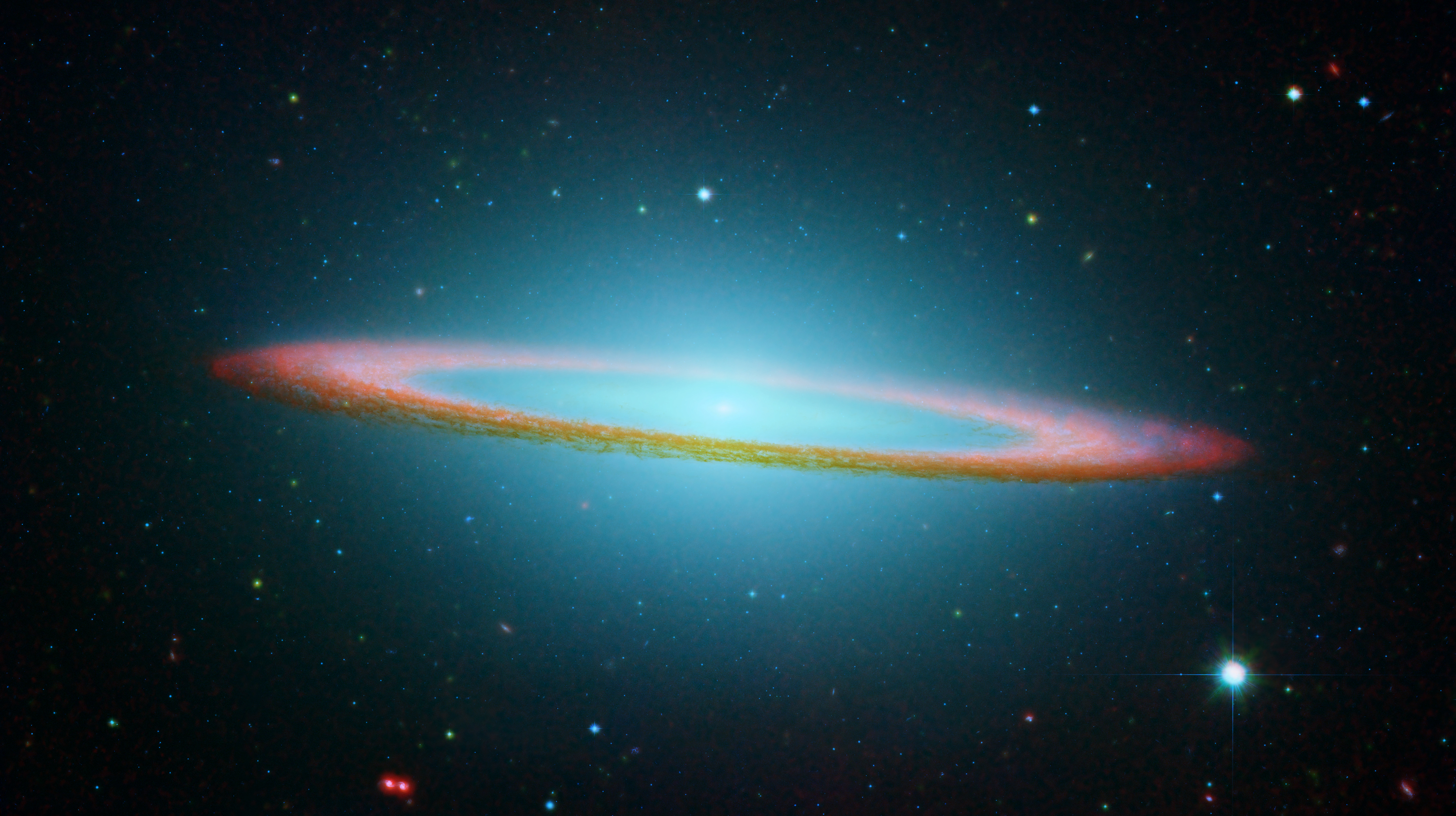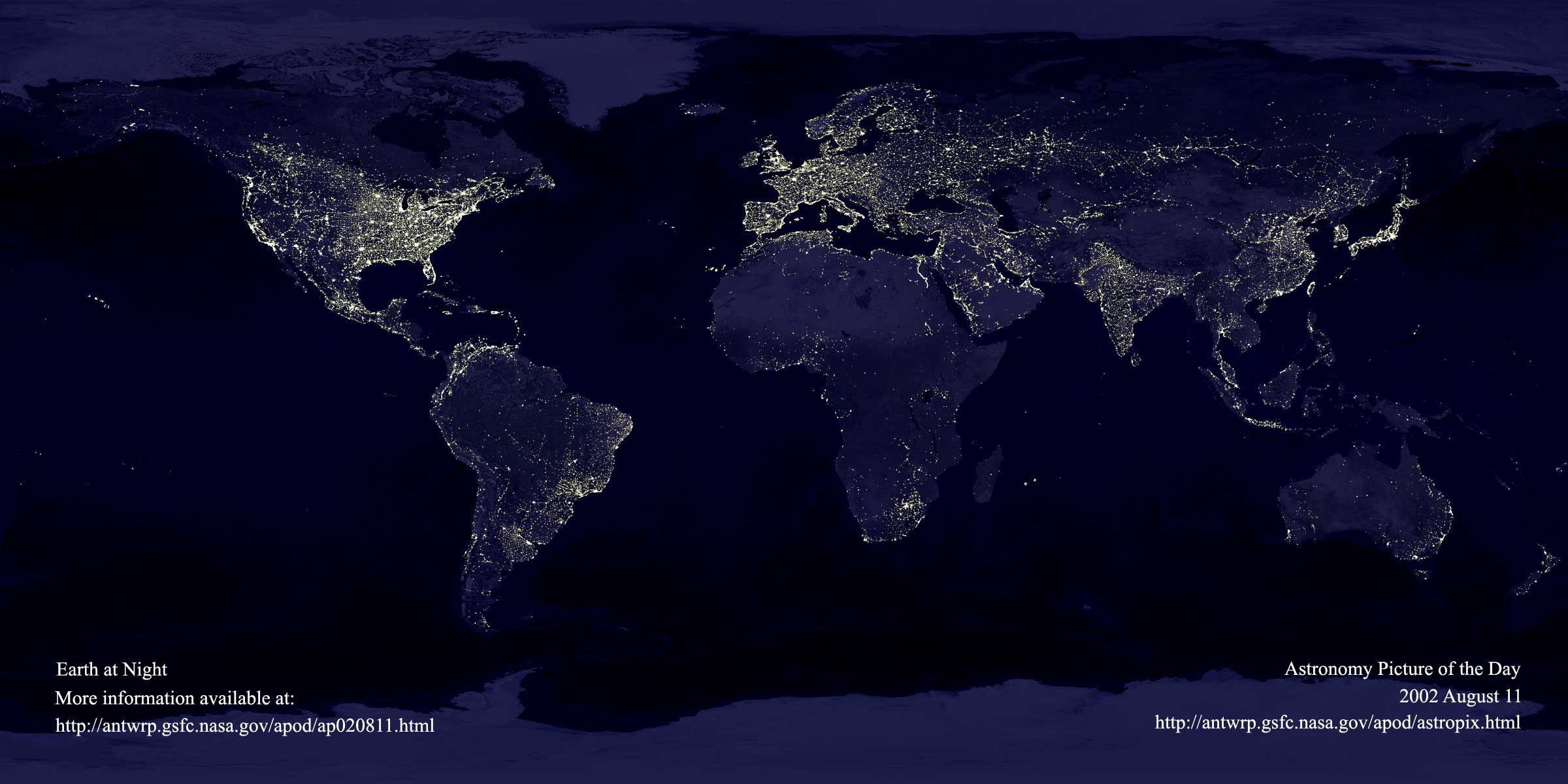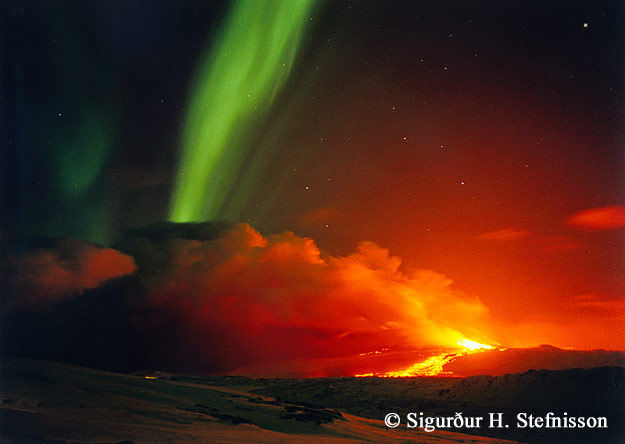Amateur Astrophotography
I love my Telescope...
 Look at these pictures of the moon I took tonight. With that telescope and a simple digital camera.
Look at these pictures of the moon I took tonight. With that telescope and a simple digital camera.

 Now that's nothing compared to this:
Now that's nothing compared to this: But hey, it is pretty good for the first few pictures taken through my telescope. That's a picture of the Sombrero Galaxy in infrared. I didn't take it though, NASA did. If you want to see some pretty sweet awesome astronomy pics click here. I could spend hours looking at those pictures. Here are some of my favorites:
But hey, it is pretty good for the first few pictures taken through my telescope. That's a picture of the Sombrero Galaxy in infrared. I didn't take it though, NASA did. If you want to see some pretty sweet awesome astronomy pics click here. I could spend hours looking at those pictures. Here are some of my favorites: Earth at Night
Earth at Night Volcano and Aurora
Volcano and Aurora View of space from Southern Utah. That's without a telescope. Pretty amazing.
View of space from Southern Utah. That's without a telescope. Pretty amazing. Orion's belt. The three stars of Orion's belt shown from left to right are Alnitak, Alnilam, and Mintaka.
Orion's belt. The three stars of Orion's belt shown from left to right are Alnitak, Alnilam, and Mintaka.

4 Comments:
This comment has been removed by a blog administrator.
Orion's belt has always been a favorie of mine.
Sweet pictures of the moon!
Pretty great photos, all of them! That moon on Sunday cheered me up when I was having a tough evening. When the moon is just a sliver like that I always think of it like a big smile in the night sky.
Hello, my name is Rick, I've never met you before but I happened to stumble upon your blogpost somehow, and decided to comment on your post, as I am an amateur astronomer as well and your picture reminded me of the first picture I took with my scope. I thought I could tell you of the things that helped me when I started about a year ago because it's hard to discern useful information from the jumble of incoherent forums on the internet. The thing that helped the most when I first started was a shutter control which is connected to your camera via a cable which allows you to take pictures without having to touch the button on your camera, which may cause movement blur in the image. I've also found that the features on the moon are most apparent when it is half full, as the shadows from the ridges and peaks stretch across the surface. The item that has helped me the most is an astrophotograhy CCD camera, as it is small and fits directly into the 1.25 inch eyepiece socket and connects to a computer via USB, they are also very light so they do not weigh down your scope or jiggle when you move it. They have become relatively more inexpensive and (in my experience) have higher resolutions and zooms than digital cameras for about the same price. I used to use my dad's Nikon which was a behemoth but I replaced it with a 200 dollar CCD. Most of them come with free imaging software so you can control all of the camera elements and take pictures using a laptop. Using my 4 inch scope by itself, I can barley make out the Orion Nebula, the most visible Messier object,but with the CCD it becomes much more clear. My other favorite object is Jupiter, if you havnt tried looking at it yet, it will blow your mind, definitely try taking a few pictures. Tonight Jupiter rises around 9:30ish and is located East, slightly northeast. A great free app to find all of the planets and constellations in real time is Star Chart, very useful. Anyway, hopefully these tidbits are useful to you, enjoy!
Post a Comment
<< Home